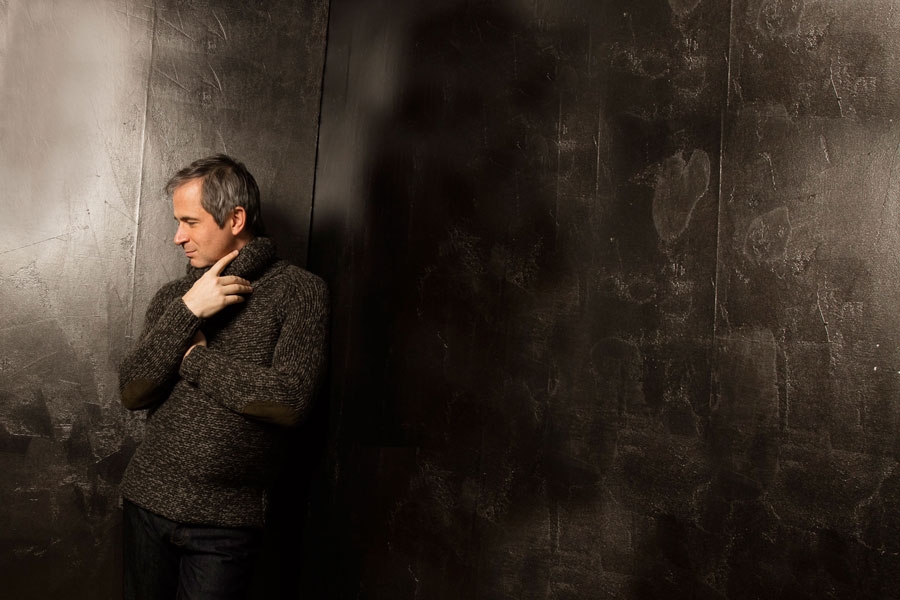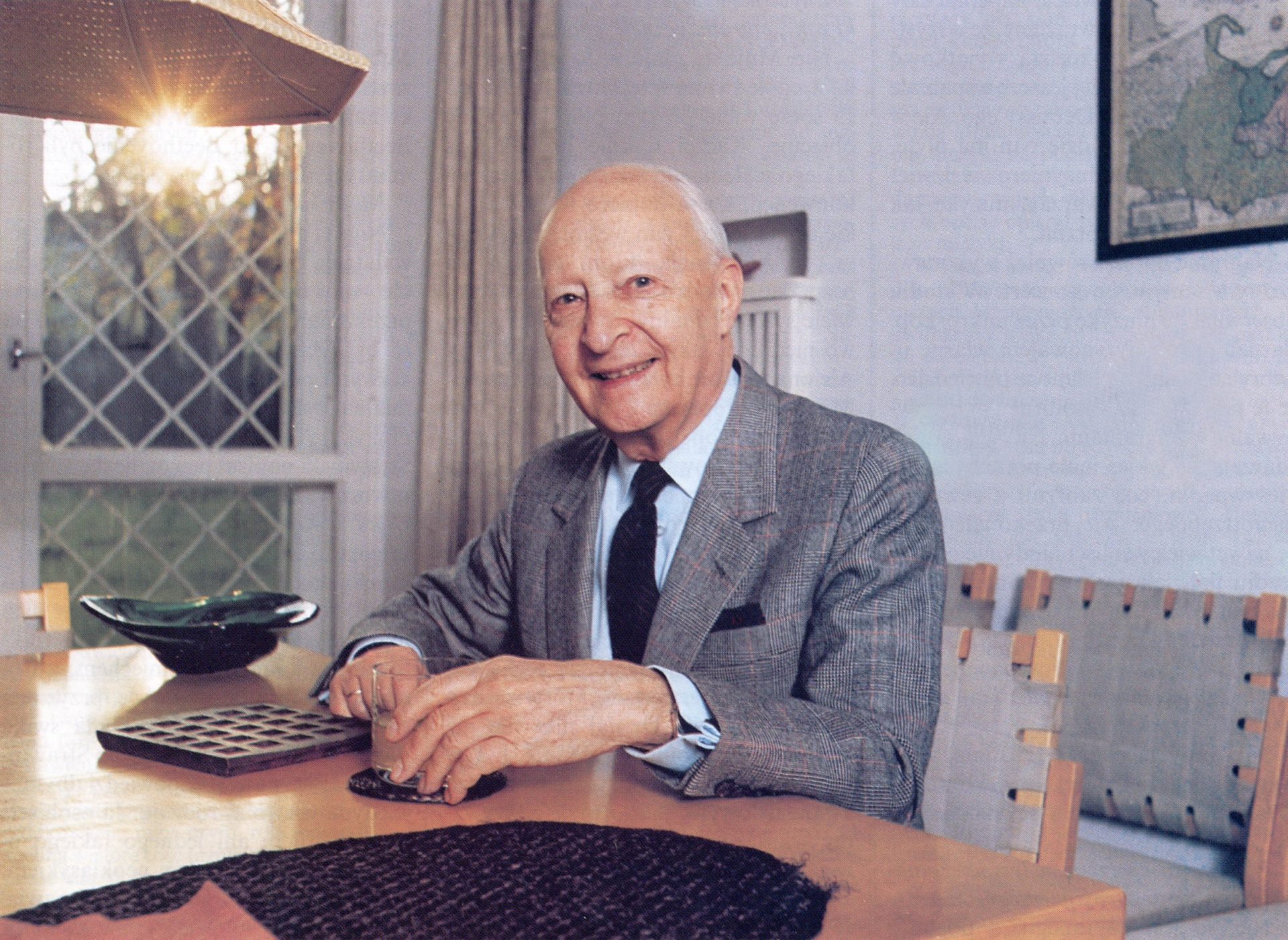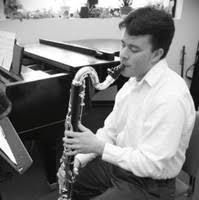At the Schermerhorn
Guerrero conducts the NFM Wrocław Philharmonic
Nashville’s music community is privileged to enjoy a resident symphony orchestra that routinely programs commissions, new voices, and 20th century masterworks. But, the new music fans among us were awarded an extra treat this past Tuesday when the Schermerhorn Symphony center presented the NFM Wrocław Philharmonic under the baton of Maestro Giancarlo Guerrero. The ensemble is in the midst of a North American tour, and our Nashville audience enjoyed a program of 20th century music celebrating works by Szymanowski, Bartók, and Lutosławski.

The evening began with Karol Szymanowski’s first orchestral work – Concert Overture Op. 12 (1905). The piece exhibits the influence of Strauss’s early tone poems with its use of rapid shifts and extremes of contrast, and Szymanowski’s strong melodic contours and orchestration make the most out of the dramatic landscape. Maestro Guerrero and the soaring string section wasted no time in bringing the ebullient and celebratory character of the opening passage to the fore. As the opening fireworks gave way to the more romantically charged lyrical second theme, Guerrero allowed the phrasing to slowly build in intensity and the ensemble’s expressive range was put to full effect. Guerrero’s explosive treatment of the final return of the opening flourish (heralded by an intense rising passage in the horns) allowed the audience to rush headlong toward a satisfying ending.
Szymanowski’s overture was followed by Bartók’s Piano Concerto No. 3 featuring soloist Piotr Anderszewski. Incidentally, the third piano concerto was the last work that Bartók completed – just days before his death in September of 1945. Following Szymanowski’s first orchestral work with Bartók’s last delighted my inner music nerd, and Anderszewski’s performance was nothing less than exquisite. The third piano concerto is recognized as somewhat of a departure from the modernist style for which Bartók had been previously known. Inspired by Hungarian folk music, the first movement alternates between bright if not puckish exchanges between the piano and woodwinds and longer flowing lines allowing the soloist a chance to expand and comment upon the initial material. Anderszewski’s articulation and technique were impressive, and each phrase carried a sense of intentional craftsmanship. Bartók’s driving third movement gave both the ensemble and Anderszewski a chance to dazzle listeners with a deft realization of the rhythmic theme and a display of effortless facility at the keyboard. Anderszewski’s lightness and phrasing in the fugato passages was captivating, but the delicacy and vulnerability of the second movement was the real highlight for me. Framed by crystalline strings, Anderszewski’s chorale phrasing was immaculate. Guerrero created a space for these delicate statements to linger, and the audience was reminded

once again that some of the most powerful moments in music are created by the smallest and softest gestures.
Lutosławski concluded the program for the evening, and any accounting of Tuesday’s concert that fails to mention the sincerity and passion of both the interpretation and performance of the Concerto for Orchestra would be sorely lacking. Lutosławski’s concerto is presented in three movements, each featuring a repetitive almost insistent organizing element. For those more familiar with Lutosławski’s later output, the concerto represents the height of his early stylistic period drawing from influences in folklore. Though at the time of the concerto’s composition he had been developing elements of his musical language that would emerge in later works, due to post war political concerns Lutosławski could not include these techniques in his public work. Governmental pressure did not dictate Lutosławski’s early style – but political pressure did delay the public expression of his later technique. His first symphony (1941-7) was decried as “formalist” and banned in 1949, and his use of folk inspired material provided an opportunity to pursue multiple creative paths both public and private.
The concerto begins with an ominous repetitive pulse in the timpani accented by low strings and winds, and from the downbeat it was clear to the audience (or at least to me) that the evening’s stakes had been raised. The tutti following the registral and rhythmic development of the original ostinato was powerful, and along with the overlapping wind and solo string lines that follow, perhaps foreshadows characteristics of the “limited aleatorism” Lutosławski would later use in works like his Grawemeyer winning Symphony No. 3. The slow denouement of the first movement is monitored by an insistent repetition in the celeste emulating the opening F# pulse, now a full 6 octaves higher. But, the original overbearing character is completely transformed, and the unexpected harmonic resolution ending the movement was subtle enough to make me exhale involuntarily . . . or maybe I’m just a sucker for a well-executed celeste ostinato.
One of the most exciting displays of virtuosity began the second movement as the fragile but lightning quick theme was passed around the ensemble with the intensity of a reprimanding church whisper. The clarity and

stylistic integrity of the gesture as it was traded back and forth was truly impressive. The genius of this movement’s construction lies with its commitment to containing the most dramatic and exciting musical moments to the pianissimo statements of the frenetic theme that bookend the movement. The ensemble’s performance highlighting this feature of the work made these repetitive statements highly effective.
The third movement’s opening passacaglia acts as a catalyst – once again moving from low voices to high – with a final harmonic gesture in the strings aesthetically reminiscent of the 2nd movement of the Bartók. The passacaglia eventually evaporates into a blistering full throated toccata and the fragile motoric motion heard in the previous movement is now given a chance to return and assert itself more strongly. The uniformity of articulation and intent in the performers’ individual statements was staggering, allowing the mechanical momentum to begin to blur into longer lines and convincingly escalate into the work’s final chorale. Guerrero took his time in allowing the last tutti to develop, holding back the final crescendo until the dynamic weight of the orchestration had already reached critical mass – and the payoff was worth it. The power of the final chords and precision exchange between the trumpets and upper winds prefacing each punctuation had audience members leaning into every accented arrival.
The ensemble was well received by the audience, even playing two brief encores – Dvořák’s Slavonic Dance No. 8 and Johann Strauss’s Thunder and Lightning Polka. But, as I slowly walked back to my car after the two flashy encores, I was pleasantly haunted by the memory of the sensitivity of the 2nd movement of the Bartók, and the whispered intensity of Lutosławski’s Adagio religioso . . . and perhaps that is the highest compliment I can pay to the evening’s performers.



